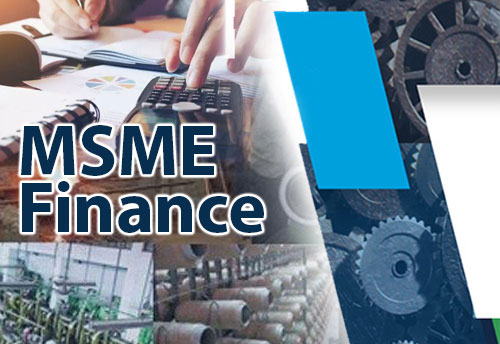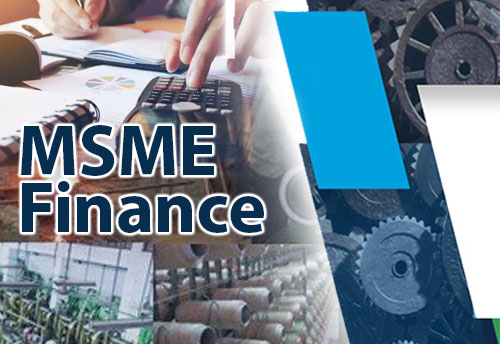The Micro, Small and Medium Enterprises (MSMEs) sector is the backbone of the Indian economy and has been the hardest hit by the COVID-19 pandemic and the resultant lockdowns. The abrupt halting of all business activities, except for healthcare and essential services, caused a severe liquidity crunch in an already-stressed sector. The Government of India took steps to address some of the issues, and announced Rs. 3 lakh crore Emergency Credit Line Guarantee Scheme (ECLGS), a subordinated debt scheme and a Fund of Funds Scheme. However, the recovery of the sector has been slow, and there is still a huge credit gap between the required amount of credit and the actual credit extended to the sector by banks and other financial institutions. According to the 2019 Expert Committee on MSME, headed by U.K. Sinha, the MSME credit gap is estimated to be Rs. 30 lakh crore.

Access to credit is one of the besetting problems of MSMEs. Bank lending often depends on collateral and credit scores to determine creditworthiness, and MSMEs typically lack collateral and the requisite scores to be considered eligible for credit from traditional sources. Therefore, a new approach to credit for MSMEs is needed, based on the data available from digital sources – transaction flows, Goods and Services Tax (GST) payments, provident fund payments, etc. Banks and alternative lending institutions/players such as Nonbank Financial Companies (NBFCs), Microfinance Institutions (MFIs), private investors, etc., should collaborate with fintech companies to develop a new framework for determining the creditworthiness of MSMEs using digital technology and data-based financial records. This can be in the form of accounts receivable financing, inventory financing, equipment financing, etc., and the required credit can be extended to the sector.
Banks and other financial institutions should focus on fast-tracking their payment processes for MSMEs to alleviate some of their financial issues. They should also develop customised lending instruments and products tailored specifically to the needs of MSMEs, both by size and segment.
MSMEs should explore alternative financing options such as digital lending, debt financing (debt securitisation, covered bonds, private placements of corporate bonds by unlisted companies, etc.,), hybrid instruments, public and private equity financing and even options such as crowdfunding, venture capital and angel investing. Non-traditional credit sources are likely to opt for data-based lending over collateral-based, making it easier for MSMEs, particularly in the retail and service sectors, to avail financing for their differentiated needs.
Most of the policy measures implemented in India are from the supply side: extending lines of credit, creating funds and schemes, widening access to credit, etc. However, the policy must address the demand-side retardation factors: factors that prevent MSMEs from seeking the existing credit.
One of the key factors is the limited awareness/understanding of MSMEs about alternative financing options. Founders of MSMEs and startups need not only knowledge of different financing options and policy measures but also training on how to use different instruments to address different business objectives and thus accelerate growth.
In addition, there is an urgent need for better quality startup business plans from entrepreneurs, particularly in riskier business segments. Companies must be ‘investor-ready’ both in terms of their business plan as well as on prospective financiers for due diligence. Lack of entrepreneurial skills (real or perceived) force policymakers to focus more on supply-side factors to resolve the MSME credit gap.


